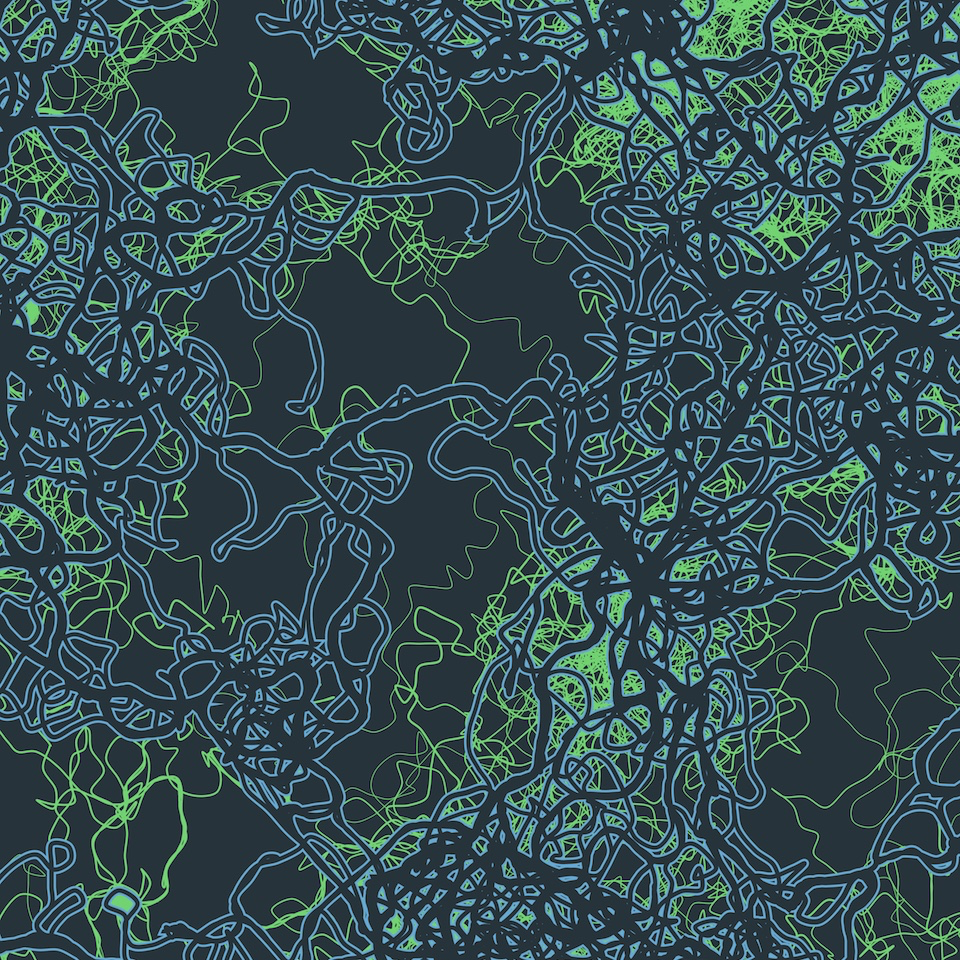Scale-free networks as an epiphenomenon of memory
A local model of preferential attachment with short-term memory generates scale-free networks, which can be readily computed by memristors.
F. Caravelli, A. Hamma, M. Ventra
















Many realistic networks are scale free, with small characteristic path lengths, high clustering, and power law in their degree distribution. They can be obtained by dynamical networks in which a preferential attachment process takes place. However, this mechanism is non-local, in the sense that it requires knowledge of the whole graph in order for the graph to be updated. Instead, if preferential attachment and realistic networks occur in physical systems, these features need to emerge from a local model. In this paper, we propose a local model and show that a possible ingredient (which is often underrated) for obtaining scale-free networks with local rules is memory. Such a model can be realised in solid-state circuits, using non-linear passive elements with memory such as memristors, and thus can be tested experimentally.